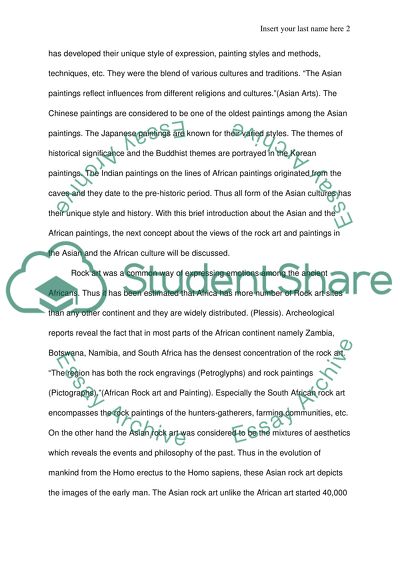Cite this document
(“Paintings - Amalgam of Emotions and Cultures Essay”, n.d.)
Retrieved from https://studentshare.org/visual-arts-film-studies/1449673-paintings-amalgam-of-emotions-and-cultures
Retrieved from https://studentshare.org/visual-arts-film-studies/1449673-paintings-amalgam-of-emotions-and-cultures
(Paintings - Amalgam of Emotions and Cultures Essay)
https://studentshare.org/visual-arts-film-studies/1449673-paintings-amalgam-of-emotions-and-cultures.
https://studentshare.org/visual-arts-film-studies/1449673-paintings-amalgam-of-emotions-and-cultures.
“Paintings - Amalgam of Emotions and Cultures Essay”, n.d. https://studentshare.org/visual-arts-film-studies/1449673-paintings-amalgam-of-emotions-and-cultures.


